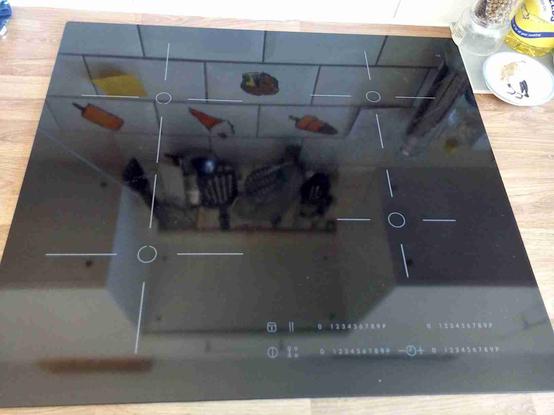2025-11-16 03:23:03
On the IKEA SMAKLIG Built-in Induction Hob: Review - Is an induction hob better than cooking with gas? How about health and carbon? #induction #cutCarbon #airQuality -
2025-12-15 12:45:36
Berlin-based Mirelo, whose AI models can interpret video content to add matching sound effects, raised a $41M seed led by Index and a16z, after a $3M pre-seed (Anna Heim/TechCrunch)
https://techcrunch.com/2025/12/15/mirelo-raises-41m…
2025-11-15 14:40:43
Shopify’s shuttered Indigenous entrepreneurship program will relaunch independently through an Indigenous-owned organization (Centre for Native Nation Builders)
https://betakit.com/shopifys-shuttered-indigenous-entrepreneurship…
2025-12-16 09:42:03
from my link log —
Indexed reverse polish notation, an alternative to AST.
https://burakemir.ch/post/indexed-rpn/
saved 2025-12-14 https://dotat.…
2025-12-15 14:00:59
Berlin-based Mirelo, whose AI models can interpret video content to add matching sound effects, raised a $41M seed led by Index and a16z, after a $3M pre-seed (Anna Heim/TechCrunch)
https://techcrunch.com/2025/12/15/mirelo-raises-41m…
2025-10-15 12:49:53
A new idea about how to make clean Hydrogen that fits into an existing industry? ✨🌱💧
Clean Hydrogen🌱💧 will be more difficult than we might've hoped, but we still need it. Just decarbonizing the fossil🦖 Hydrogen industry is a massive undertaking. New ideas are welcome.
I recently learned about Peregrine Hydrogen. They make Hydrogen, but also something else: Sulfuric Acid🧪. They need ~½ the electricity⚡ compared to conventional electrolysis by utilizing a 2nd input.
🧵
2025-11-16 18:00:40
"Governments commit to recognizing 160 million hectares of Indigenous land"
#Environment #Nature
2025-10-17 09:44:30
Iran-backed hackers sought to blackmail Bolton over emails - indictment
https://www.iranintl.com/en/202510166119
2025-10-15 12:01:48
China's Industry Ministry says Tim Cook pledged to boost Apple's investment in China during a visit, but offers few details, as the US and China clash on trade (Reuters)
https://www.reuters.com/world/asia-pacific/china-industr…
2025-12-17 07:35:50
More than 500 writers, actors, and technologists launch the Creators Coalition on AI to push standards for how AI is trained and used across creative industries (Chris Gardner/The Hollywood Reporter)
https://www.hollywoodreporter.com/news/gen






